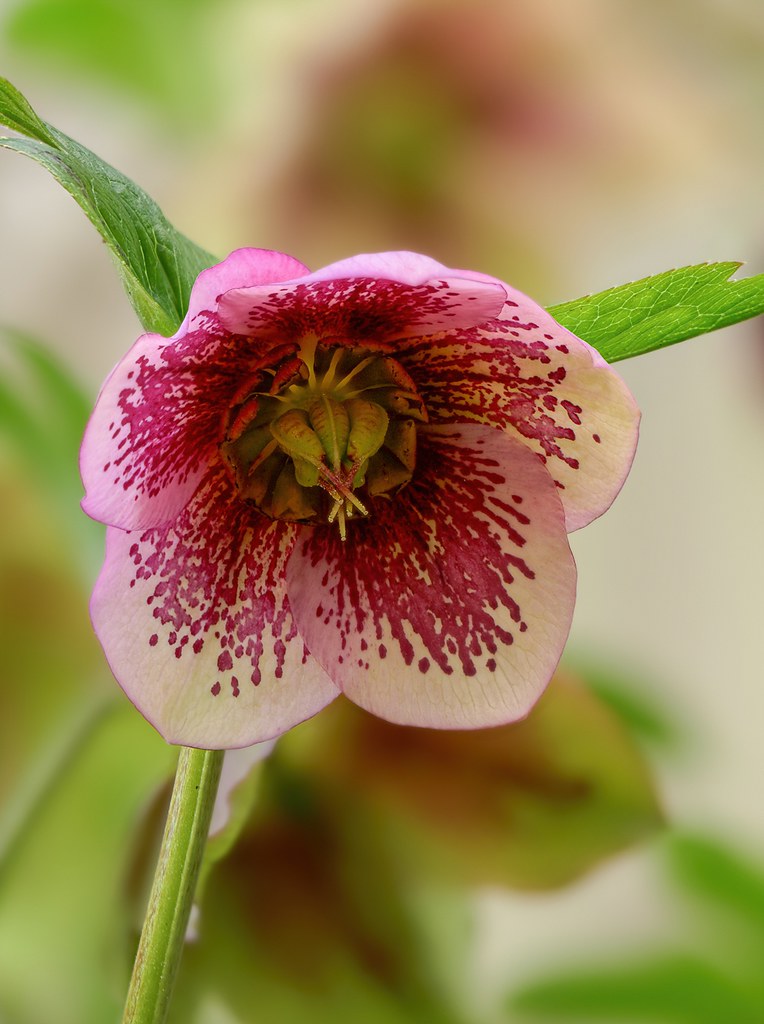GardenersHelper
In Memoriam
- Messages
- 6,344
- Name
- Nick
- Edit My Images
- Yes
These are stacks of JPEGs extracted from 6K post focus videos captured hand-held in our garden with a Panasonic G9 and Olympus 60mm macro. The first four were captured in mid February, the other four earlier this month. The JPEGs were extracted, stacked and retouched in Helicon Focus and output as TIFF files for post processing in Lightroom and, in two cases, also Photoshop, and output from Lightroom as 1300 pixel high JPEGs, which were then given slight additional sharpening with Topaz Sharpen AI.
#1 Wallflower - 89 frames stacked, f/2.8, 1/320 sec, ISO 500
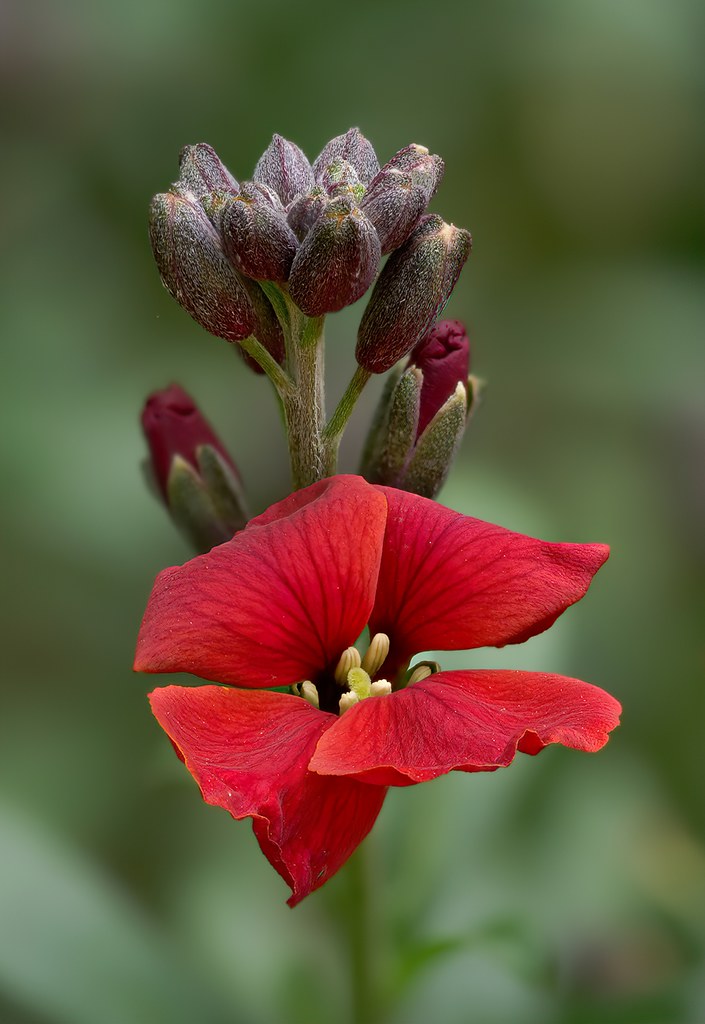
1459 02 2019_02_17 P1014570 G9+60 HHPFS89f F2.8 1-320 ISO500 EV-1 A30,8+innerC2 LR 1300h-sharpen by gardenersassistant, on Flickr
#2 Camellia - 44 frames stacked, f/2.8, 1/2500 sec, ISO200.

1459 06 2019_02_17 P1014660 G9+60 HHPFS44f F2.8 1-2500 ISO200 EV-1.3 C1 LR 1300h-sharpen by gardenersassistant, on Flickr
#3 Camellia - 20 frames stacked, f/2.8, 1/3200 sec, ISO 400 (operator error, could have been base ISO)
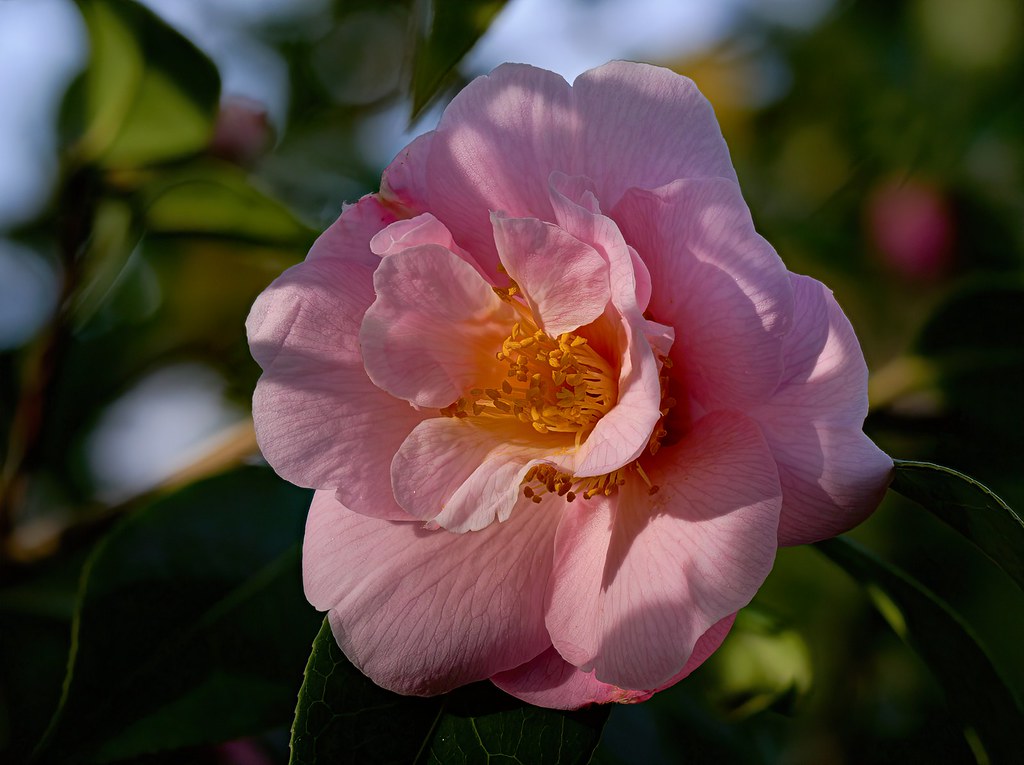
1459 08 2019_02_17 P1014688 G9+60 HHPFS20f F2.8 1-3200 ISO400 EV-1.3 C1 LR 1300h-sharpen by gardenersassistant, on Flickr
#4 Crocus - 134 frames stacked, f/2.8, 1/250 sec, ISO 800
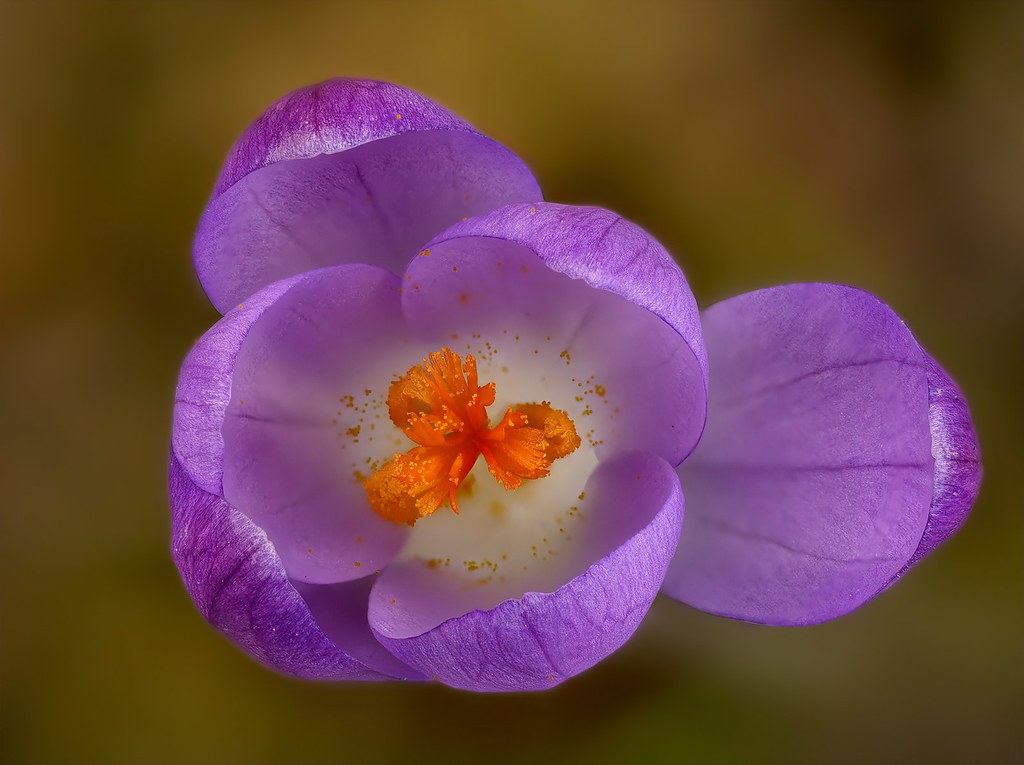
1459 10 2019_02_17 P1014711 G9+60 HHPFS134f F2.8 1-250 ISO800 EV-0.7 A30,10+innerC1-Edit LR 1300h-sharpen by gardenersassistant, on Flickr
# 5 Hellebore - 41 frames stacked, f/2.8, 1/200 sec, ISO100
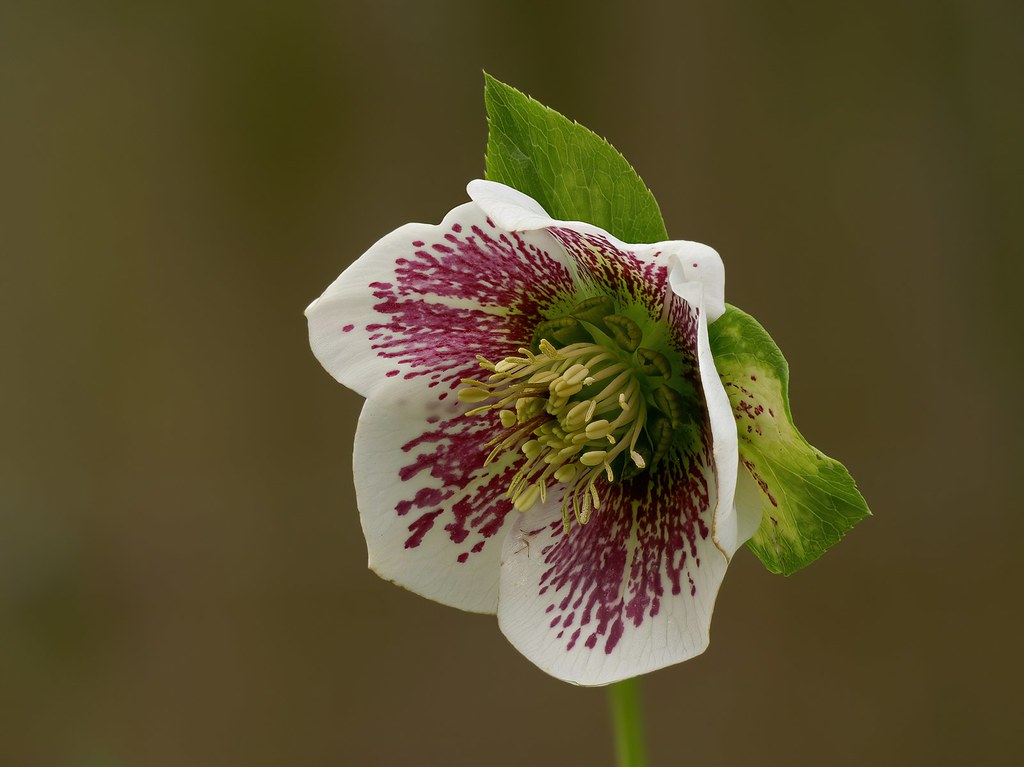
1457 03 2019_03_11 P1015788 G9+60 HHPFS41f F2.8 1-200 ISO100 EV-0.7 A29,2+innerC2-Edit-Edit LR 1300h-sharpe by gardenersassistant, on Flickr
#6 Magnolia - 32 frames stacked, f/2.8, 1/500 sec, ISO 400
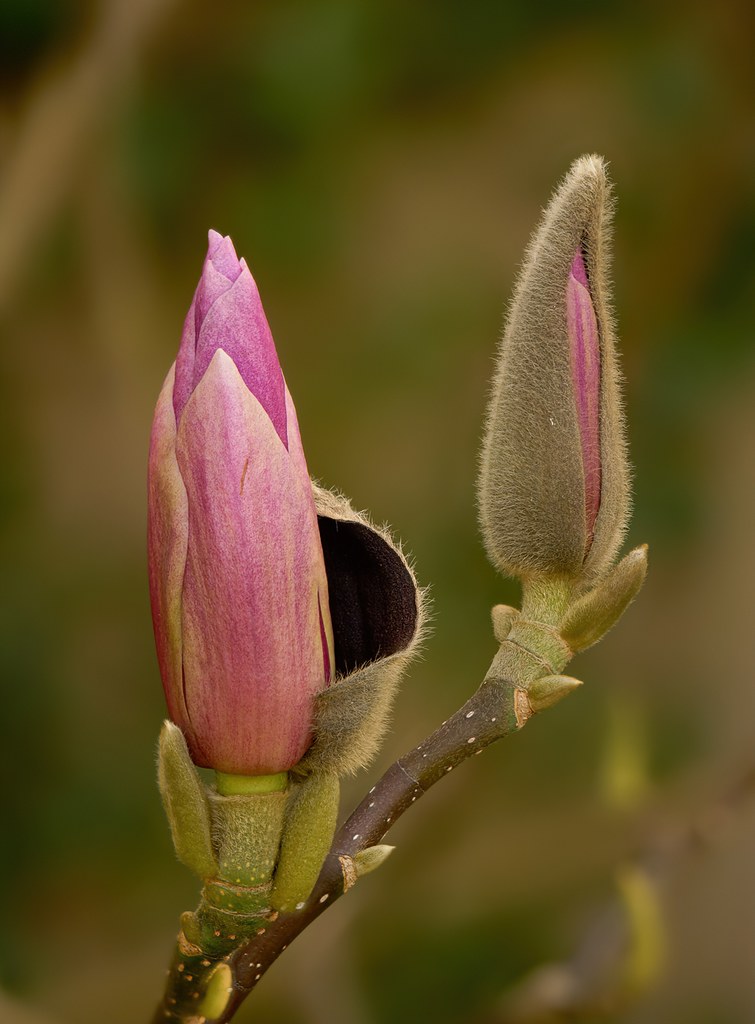
1457 05 2019_03_11 P1015812 G9+60 HHPFS32f F2.8 1-500 ISO400 EV-1 A29,2+innerC1 LR 1300h-sharpen by gardenersassistant, on Flickr
#7 Camellia - 35 frames stacked, f/2.8, 1/320 sec, ISO 100
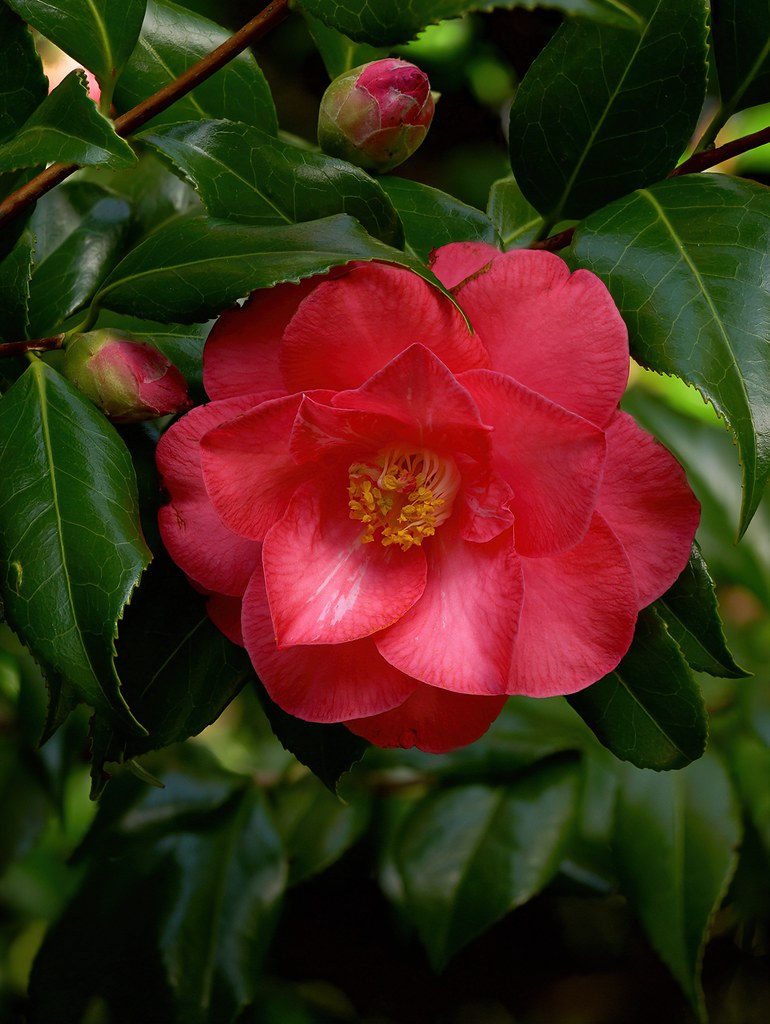
1457 09 2019_03_11 P1015833 G9+60 HHPFS35f F2.8 1-320 ISO100 EV-1.7 B30,2 LR 1300h-sharpen by gardenersassistant, on Flickr
#8 Magnolia - 38 frames stacked, f/2.8, 1/2000 sec, ISO100

1457 10 2019_03_11 P1015860 G9+60 HHPFS38f F2.8 1-2000 ISO100 EV-1.3 B30,2 LR 1300h-sharpen by gardenersassistant, on Flickr
--
Nick
Blog https://fliesandflowers.blogspot.com/
Portfolio (under construction) https://gardenersassistant.myportfolio.com/home
Flickr image collections http://www.flickr.com/photos/gardenersassistant/collections/
Latest Flickr uploads http://www.flickr.com/photos/gardenersassistant/
You Tube https://www.youtube.com/channel/UCmBgEwRDfiQMYTPORSzDxvw
#1 Wallflower - 89 frames stacked, f/2.8, 1/320 sec, ISO 500

1459 02 2019_02_17 P1014570 G9+60 HHPFS89f F2.8 1-320 ISO500 EV-1 A30,8+innerC2 LR 1300h-sharpen by gardenersassistant, on Flickr
#2 Camellia - 44 frames stacked, f/2.8, 1/2500 sec, ISO200.

1459 06 2019_02_17 P1014660 G9+60 HHPFS44f F2.8 1-2500 ISO200 EV-1.3 C1 LR 1300h-sharpen by gardenersassistant, on Flickr
#3 Camellia - 20 frames stacked, f/2.8, 1/3200 sec, ISO 400 (operator error, could have been base ISO)

1459 08 2019_02_17 P1014688 G9+60 HHPFS20f F2.8 1-3200 ISO400 EV-1.3 C1 LR 1300h-sharpen by gardenersassistant, on Flickr
#4 Crocus - 134 frames stacked, f/2.8, 1/250 sec, ISO 800

1459 10 2019_02_17 P1014711 G9+60 HHPFS134f F2.8 1-250 ISO800 EV-0.7 A30,10+innerC1-Edit LR 1300h-sharpen by gardenersassistant, on Flickr
# 5 Hellebore - 41 frames stacked, f/2.8, 1/200 sec, ISO100

1457 03 2019_03_11 P1015788 G9+60 HHPFS41f F2.8 1-200 ISO100 EV-0.7 A29,2+innerC2-Edit-Edit LR 1300h-sharpe by gardenersassistant, on Flickr
#6 Magnolia - 32 frames stacked, f/2.8, 1/500 sec, ISO 400

1457 05 2019_03_11 P1015812 G9+60 HHPFS32f F2.8 1-500 ISO400 EV-1 A29,2+innerC1 LR 1300h-sharpen by gardenersassistant, on Flickr
#7 Camellia - 35 frames stacked, f/2.8, 1/320 sec, ISO 100

1457 09 2019_03_11 P1015833 G9+60 HHPFS35f F2.8 1-320 ISO100 EV-1.7 B30,2 LR 1300h-sharpen by gardenersassistant, on Flickr
#8 Magnolia - 38 frames stacked, f/2.8, 1/2000 sec, ISO100

1457 10 2019_03_11 P1015860 G9+60 HHPFS38f F2.8 1-2000 ISO100 EV-1.3 B30,2 LR 1300h-sharpen by gardenersassistant, on Flickr
--
Nick
Blog https://fliesandflowers.blogspot.com/
Portfolio (under construction) https://gardenersassistant.myportfolio.com/home
Flickr image collections http://www.flickr.com/photos/gardenersassistant/collections/
Latest Flickr uploads http://www.flickr.com/photos/gardenersassistant/
You Tube https://www.youtube.com/channel/UCmBgEwRDfiQMYTPORSzDxvw


